Sedimentary controls on seawater nickel distributions and nickel isotope compositions: a two steps study
Nickel isotopic mass balance in the ocean stands among the less understood so far…
Some recent GEOTRACES science findings are reported below.

Nickel isotopic mass balance in the ocean stands among the less understood so far…

Using diverse geochemical proxies, Chu and colleagues analysed an iron–manganese crust to reconstruct central Pacific productivity over the past 23 million years.
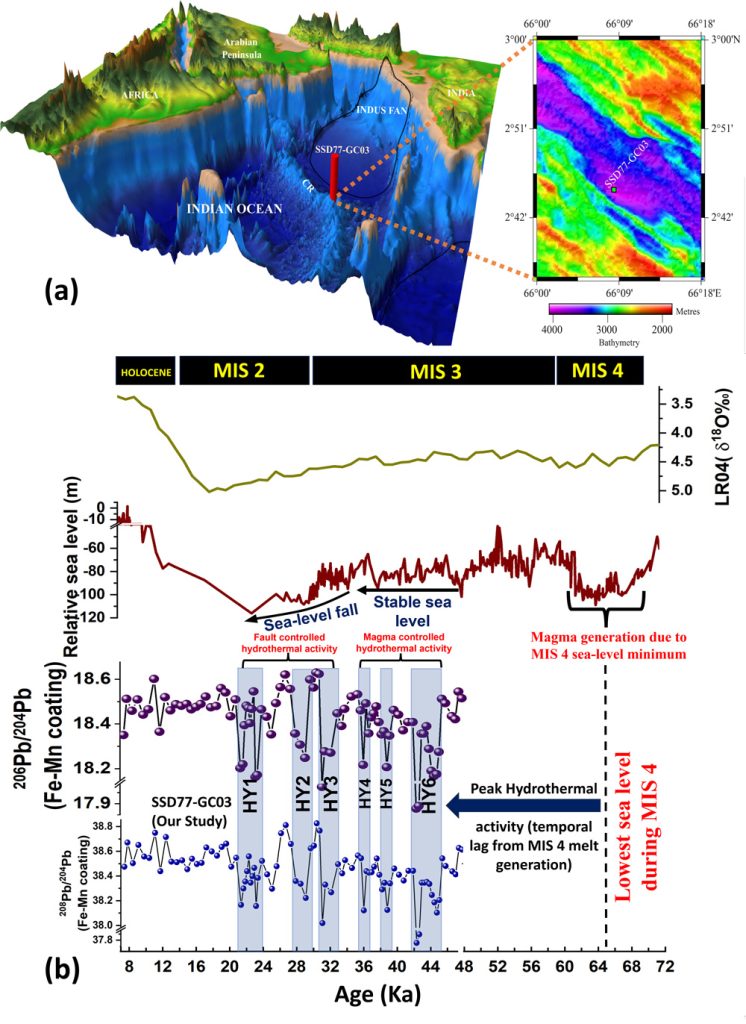
De and colleagues present the first millennial-scale reconstruction of hydrothermal variability at a mid-ocean ridge using lead isotopes from iron-manganese coatings…
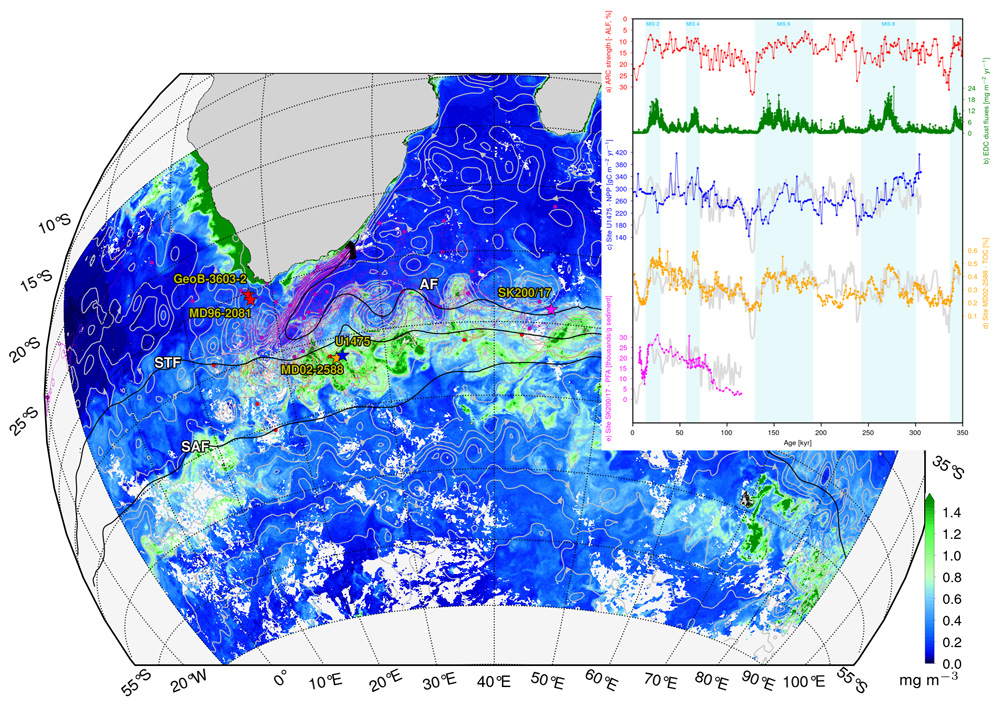
Authors establish that significant iron fertilisation via the Agulhas current explains the Indian Subantarctic blooms…
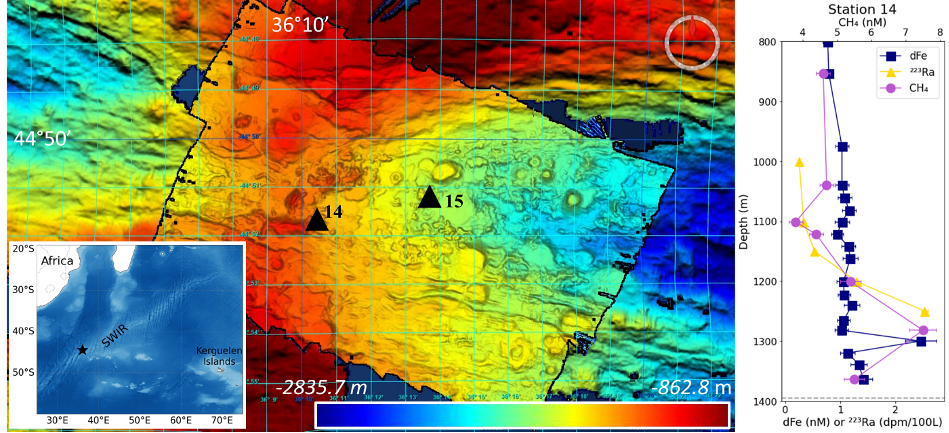
Baudet and colleagues demonstrate the occurrence of hydrothermal venting on the Southwest Indian Ridge…
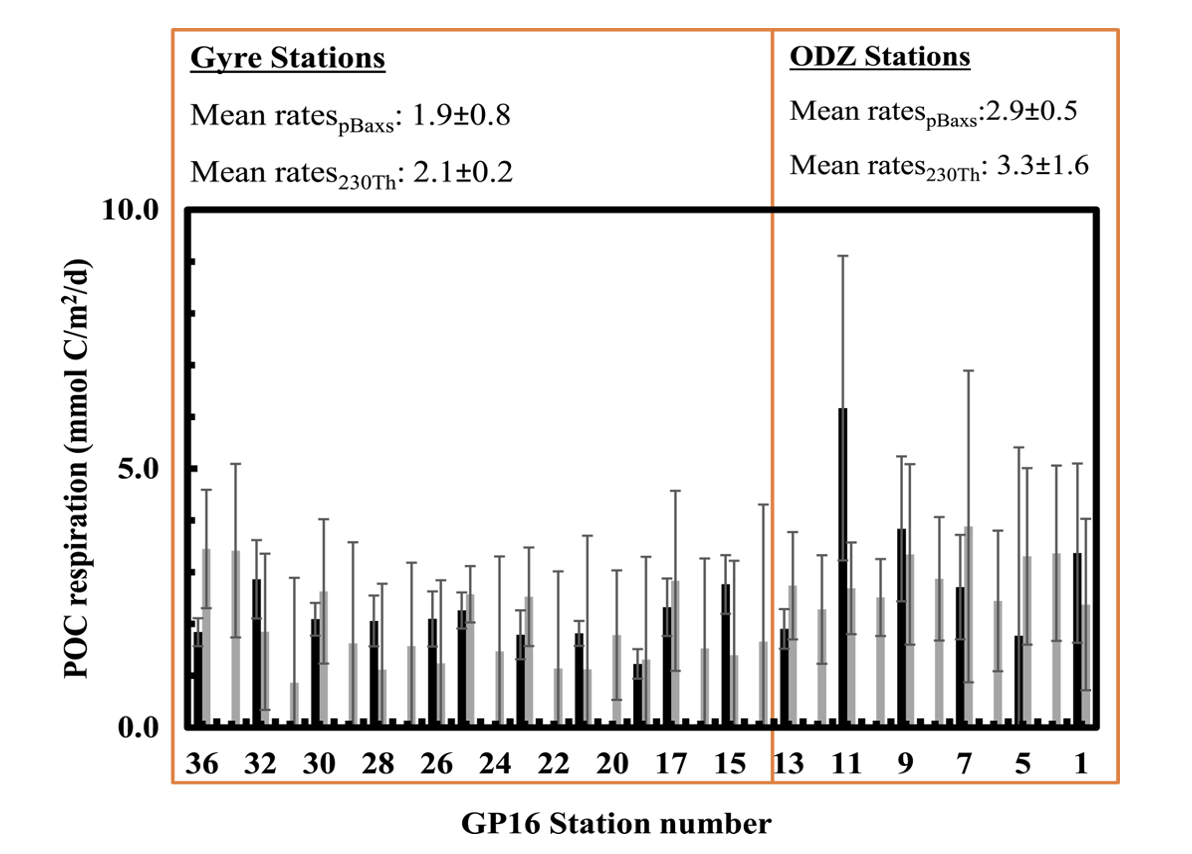
Rahman and co-workers examine the relationship between excess particulate barium and organic matter respiration in the water column…
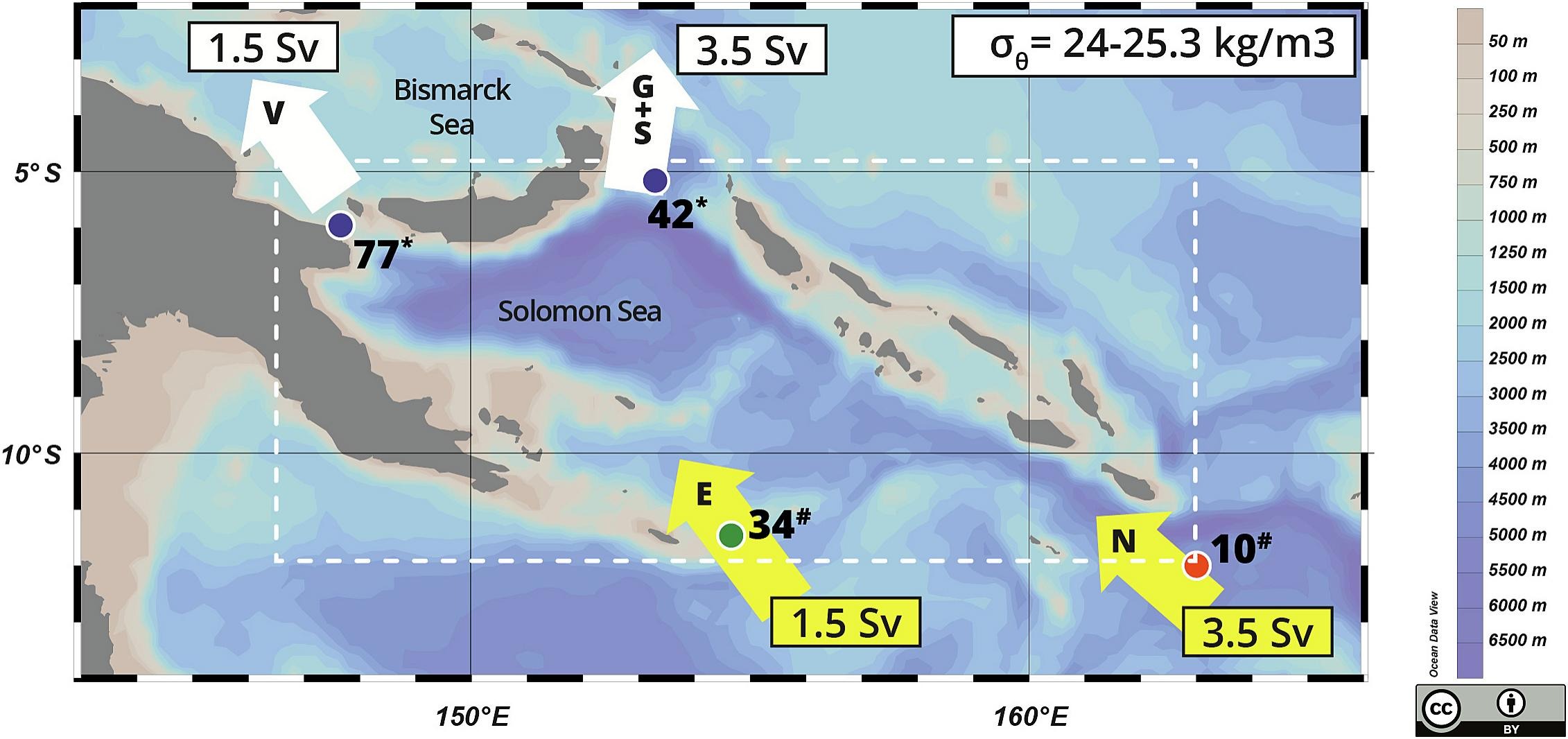
Sarthou and co-workers analysed 11 vertical profiles of dissolved iron at the entrance, within, and at the exit of the Solomon Sea…
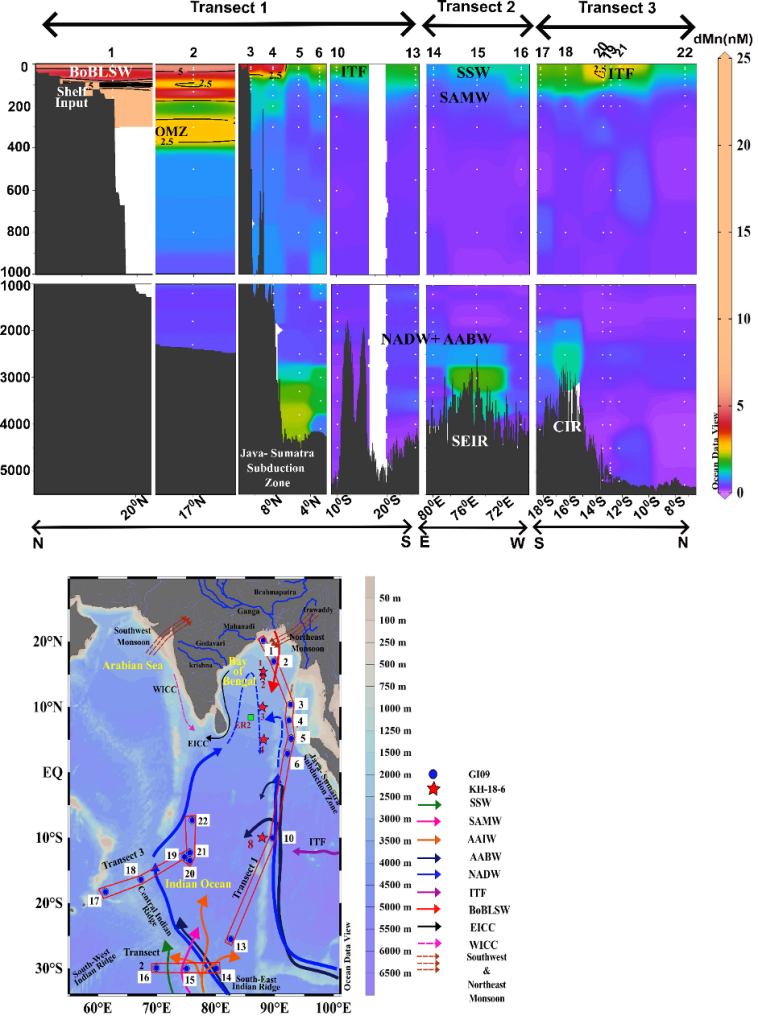
Malla and Singh investigated the key factors controlling dissolved manganese in the northeastern Indian Ocean…

Sohrin and co-workers propose defining particulate trace metal as the difference between total dissolvable and dissolved metals after a long storage of filtered and unfiltered acidified seawater…